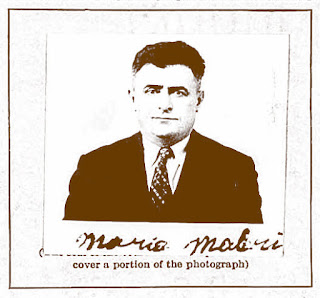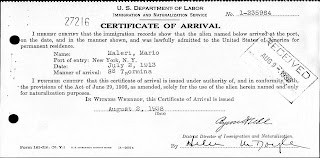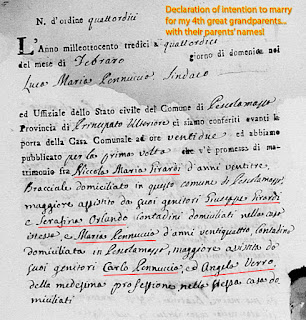Americans are—in this order—German, Black, Irish, Mexican, English, Italian, Polish, French…. The list goes on and on.
 |
| The 1901 and 1911 Ireland census is searchable for free online. |
In 2013 many articles were written about facts learned from the 2010 United States Census. Britain's The Daily Mail states that people of Irish descent are about 12% of the population in the USA. They number more than 35 million and are the third largest ethnic group in the country.
 |
| Simple search form |
Before I explain everything they make available, let's look at how to search the 1901 and 1911 Irish census.
In the short search form, choose either the 1901 or 1911 census and enter what you know. Last name, first name, county, age and sex. Then click the search button.
On the results page, check the box that says "Show all information". This will give you lots of details about each result and help you find the best choices. In this example, I can rule out the two Patrick Cunninghams who are single because I know my Patrick was married.
 |
| Show all information to help you find the right family. |
For each of the married Patricks, I can click their name to see a list of every member of the household. From this screen I can tell I'm looking at the right family. My friend had told me Patrick's wife's name and a few of their children's names.
Now that I'm confident this is the right family, I can click any of the links below the words "View census images". What I want the most is Household Return (Form A) and the Additional Pages.
 |
| Ready to download the census! You can see the census sheet at the top of this page. |
These links download a PDF file containing an image of the census. Now I can see for myself every recorded detail. These facts helped me go back and find the same family in the 1901 census.
The National Archives of Ireland website also includes fragments for these census years:
- 1821
- 1831
- 1841
- 1851
You can click to drill down by county, parish, townlands/streets, and then see a list of households to view. See the website's description of what is in these collections.
The Early 20th century Ireland page provides interesting glimpses into life at the time. It includes a wonderful collection of photos you'll want to see.
For more help with your Irish ancestors, see the Archives' list of genealogy websites available.









